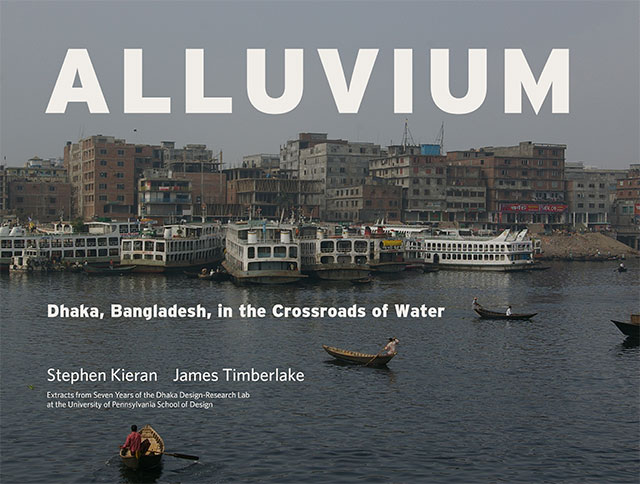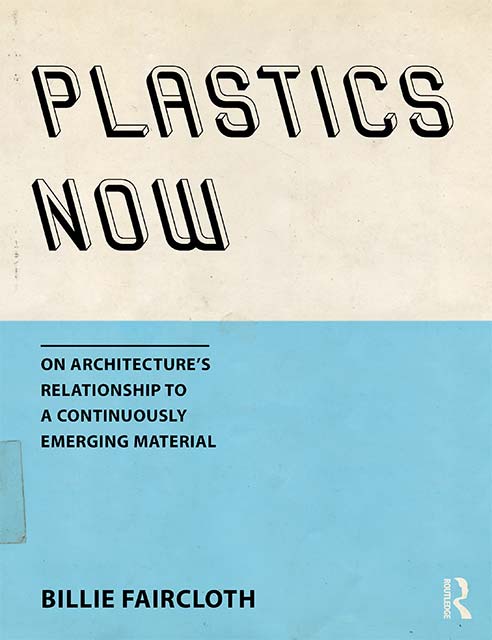Two New Books Coming This Spring
KieranTimberlake is proud to announce two new book publications to be released in spring 2015.
Alluvium: Dhaka, Bangladesh, in the Crossroads of Water
Extracts from Seven Years of the Dhaka Design-Research Lab at the University of Pennsylvania School of Design
Stephen Kieran and James Timberlake
Published by ORO Editions
Imagine the most extreme urban environment on earth—a place three times as dense as Manhattan, enveloped in a constant flow of water, beset by a relentless stream of rural migrants, plagued by annual monsoons, and threatened by climate change. Since 2007, architects Stephen Kieran and James Timberlake have directed a design-research laboratory on Dhaka, capital city of Bangladesh, for graduate students at the University of Pennsylvania School of Design. What began as a desire to help a city in need became an immersion in investigating its ebbs and flows, mapping its urban systems, and charting its development via annual visits. The result of this extended study is Alluvium: Dhaka, Bangladesh, in the Crossroads of Water, a cross-genre book that incorporates first-person narrative, documentary photography, and research-based infographics and maps to encourage new readings and perspectives.
Plastics Now: On Architecture's Relationship to a Continuously Emerging Material
Billie Faircloth
Published by Taylor & Francis Group, Routledge
Plastics Now addresses one primary question: why do we build with plastics the way that we do? For decades, plastics have been described over and over again as “the future”—yet we still do not know precisely what to do with them. Billie Faircloth argues that this inertia is due to plastics' indecipherability, which has prevented them from becoming fully known. The author tracks the process by which plastics became defined as a class of building materials. Drawing on new, original data from the industry press, beautifully drawn original timelines, hundreds of historical and contemporary images, advertisements dating to the 1950s, and technical data, this unconventional book explores the emergence of plastics as a building material and presents new findings.






